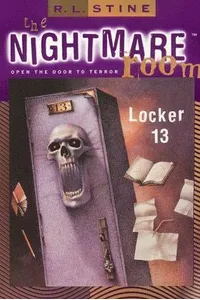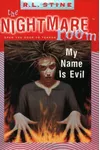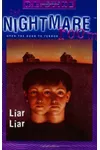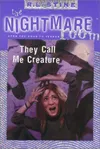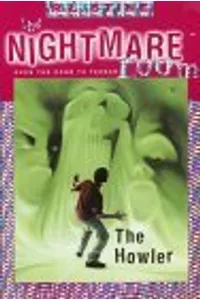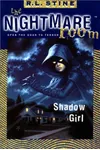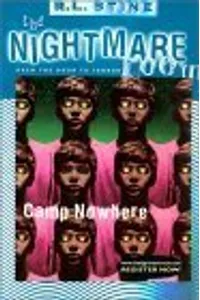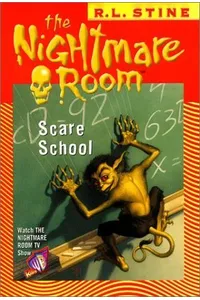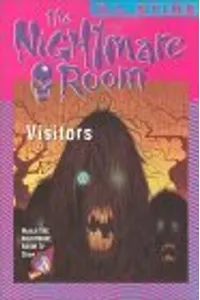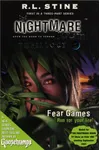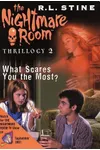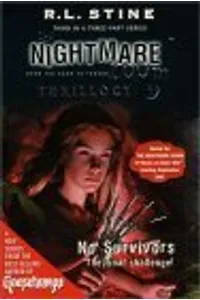Step into the shadowy world of The Nightmare Room, where every page drips with suspense and supernatural chills! Crafted by R.L. Stine, the mastermind behind Goosebumps, this children’s horror series delivers thrills for young readers craving a darker, twist-filled adventure. With 12 books packed with ghosts, curses, and eerie surprises, The Nightmare Room pushes the boundaries of kids’ horror, blending fright with just the right touch of humor.
Unlike its lighter predecessor, Goosebumps, The Nightmare Room dares to explore grim outcomes and psychological scares, making it a standout in children’s literature. Whether it’s a cursed locker or a palm reading gone wrong, Stine’s tales keep readers hooked with unpredictable endings that linger long after the final page.
How The Nightmare Room Began
Hot off the success of Goosebumps, R.L. Stine launched The Nightmare Room in 2000, aiming to captivate a slightly older audience with grittier horror. Inspired by classics like The Twilight Zone, Stine envisioned an anthology series where kids face supernatural terrors in suburban settings. Partnering with HarperCollins, he rolled out the series with a bold marketing campaign, though it ended abruptly in 2001, possibly due to the cultural shifts following September 11. Despite its short run, the series left a haunting mark.
The Heart of The Nightmare Room
The Nightmare Room’s 12 books each tell a standalone tale of terror. Take Don’t Forget Me!, where Danielle’s prank hypnosis traps her brother in a chilling trance, unraveling a sinister house’s secrets. In Locker 13, Luke battles a cursed locker that brings deadly luck, testing his courage against a malevolent Fate Master. My Name Is Evil follows Maggie, whose carnival palm reading sparks terrifying accidents, while The Howler sees Spencer tangled with a ghost-communicating device that unleashes spectral chaos.
Themes of fear, fate, and the unknown weave through the series, set in familiar yet eerie suburban neighborhoods. Stine’s signature style—fast-paced, twist-heavy, and laced with dark humor—creates a gripping read for ages 8–12. Unlike Goosebumps, where heroes often triumph, The Nightmare Room’s darker tone means villains sometimes win, adding a thrilling edge that challenges young readers’ expectations.
The series’ anthology format lets each book stand alone, perfect for diving in anywhere. Stine’s knack for tapping into childhood fears, like being forgotten or cursed, makes every story relatable yet spine-chilling, cementing his reputation as the ‘Stephen King of children’s literature.’
Why The Nightmare Room Resonates
The Nightmare Room carved a niche in children’s horror by daring to be bolder than its peers. Its 2001–2002 TV adaptation on Kids’ WB, though short-lived with 13 episodes, brought stars like Amanda Bynes and Shia LaBeouf to the screen, boosting its cult status. Fans still cherish the series for its nostalgic scares, with used copies thriving on sites like ThriftBooks. By blending safe scares with deeper psychological thrills, Stine inspired a generation to embrace horror, paving the way for modern kids’ series.
Its legacy lies in proving children’s horror can be both fun and unsettling, encouraging young readers to face their fears through storytelling. The Nightmare Room remains a testament to Stine’s ability to evolve, keeping his work fresh and terrifying for new audiences.
- Publication Years: 2000–2001
- Number of Books: 12
- TV Adaptation: Aired on Kids’ WB, 2001–2002
- Audience: Ages 8–12
Dust off Don’t Forget Me! and plunge into The Nightmare Room’s world of chills and thrills—perfect for a spooky night’s read!

